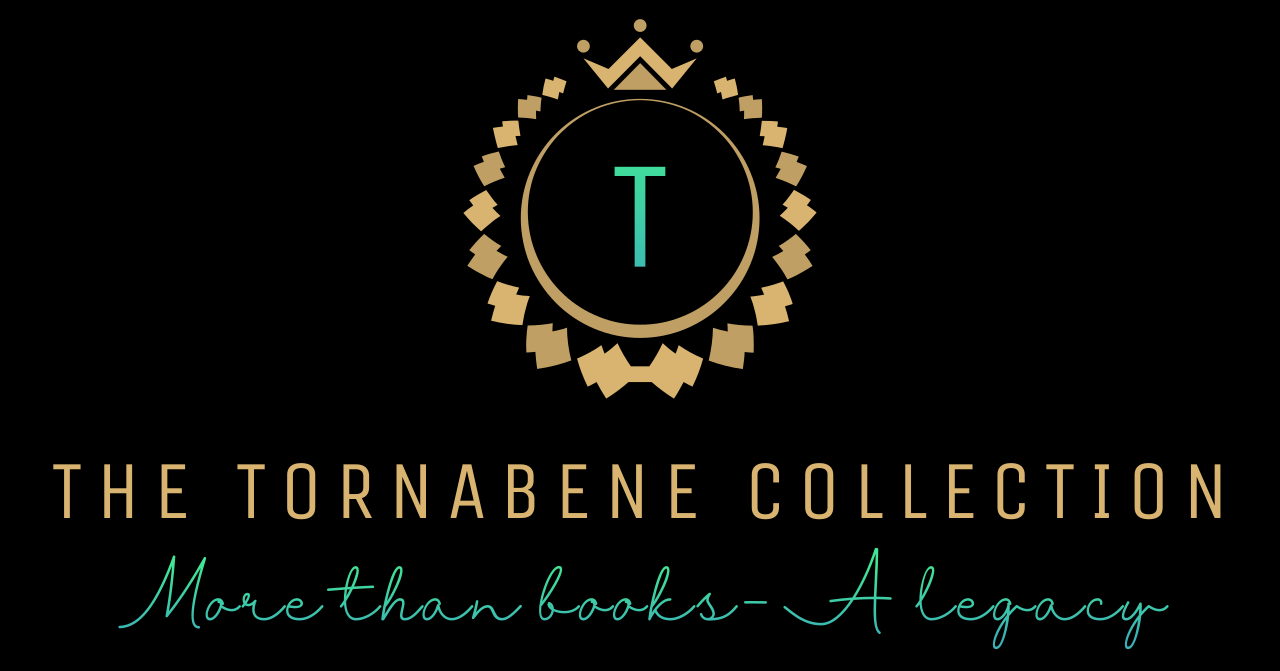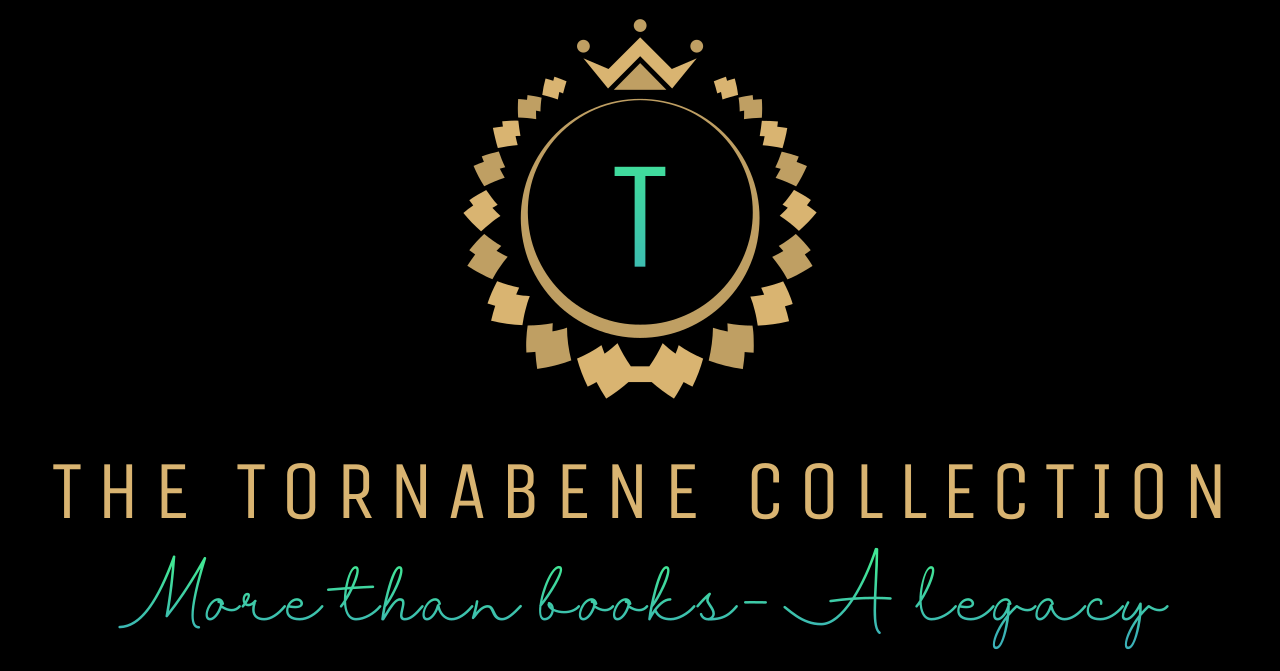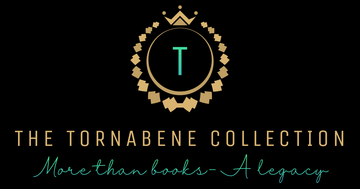You don’t need a workbook for financial literacy for children—you need windows in the day where math already lives. Invite kids to help measure pasta for dinner, count out bus fare, or scale a recipe to double the cookies. That’s budgeting, unit pricing, and multiplication hiding in plain sight.
Ask questions that make numbers useful. “If apples are $1.49 a pound and we have $4, how many can we get?” “This cereal is 18 ounces for $3.60. What’s the price per ounce, and how does it compare to the big box?” “We need eight cups of fruit punch for the team but the recipe makes five—what should we change?” Don’t rush the solving. Let your child sketch or estimate and then check the answer together.
Bring the grocery receipt to the table and let your child read the line items. Point out tax, discounts, and why totals change. At home, measure the cost of a favorite snack per serving by counting pieces, not just trusting the package. You’re training the habit of verifying, which protects kids later from “great deals” that aren’t.
Keep it light. Praise the thinking, not just the right answer. Children who feel competent with everyday numbers will approach budgeting for kids with less anxiety and more curiosity. That confidence is the real curriculum.


